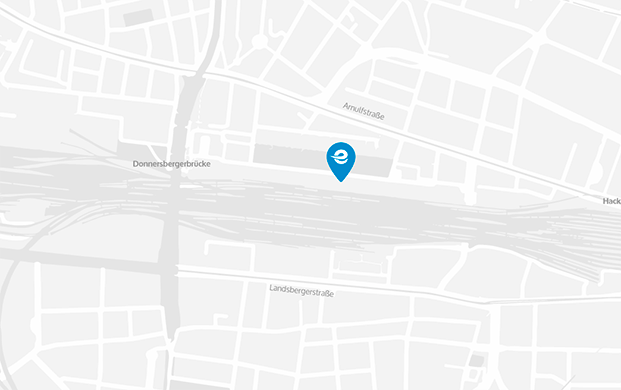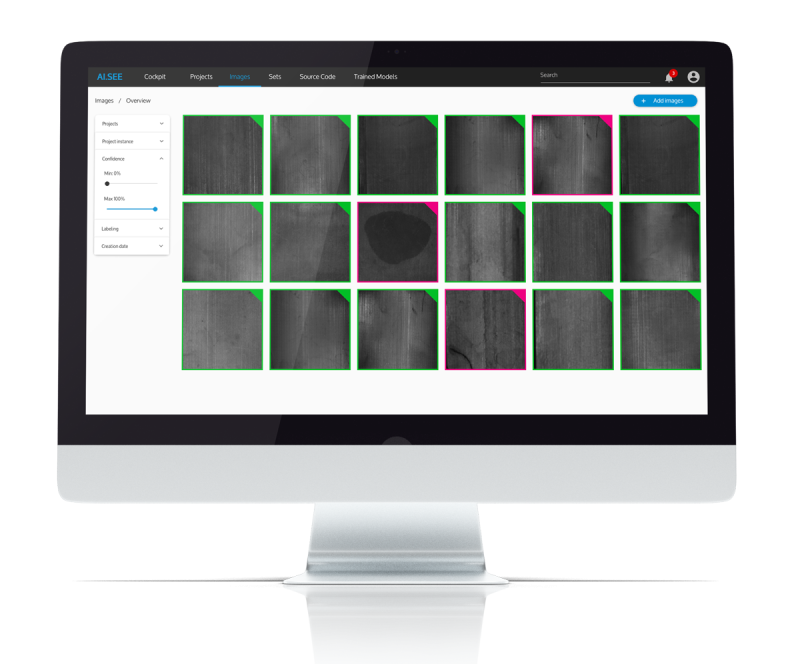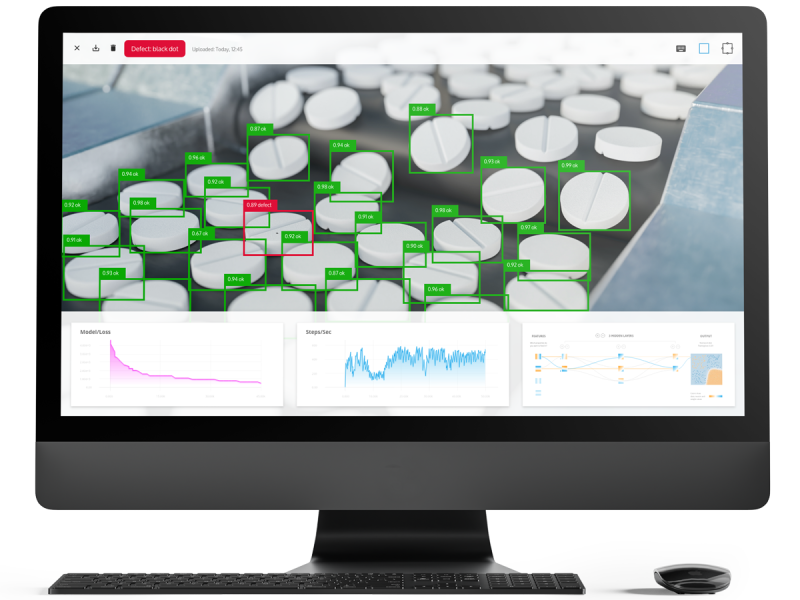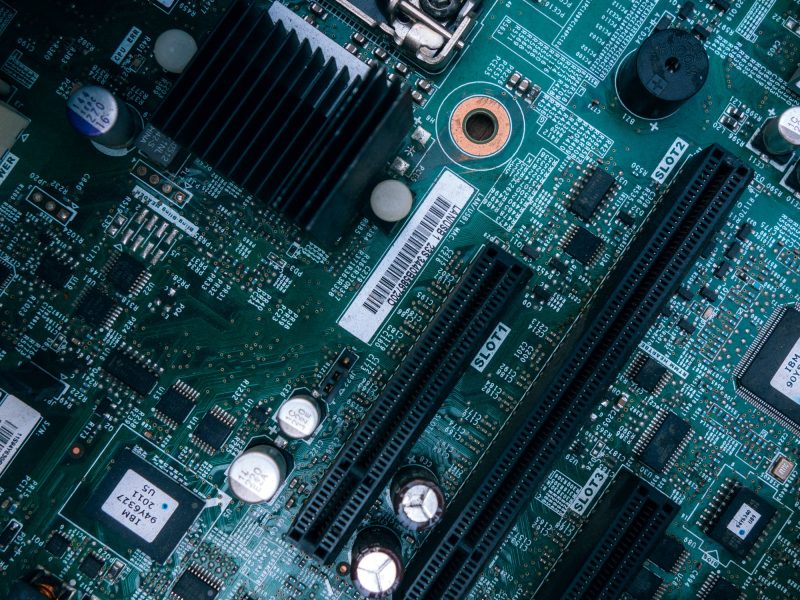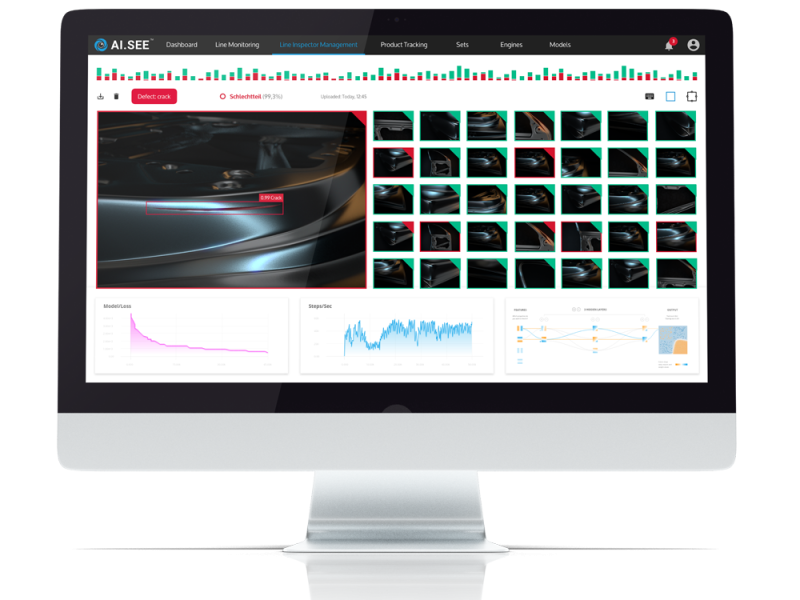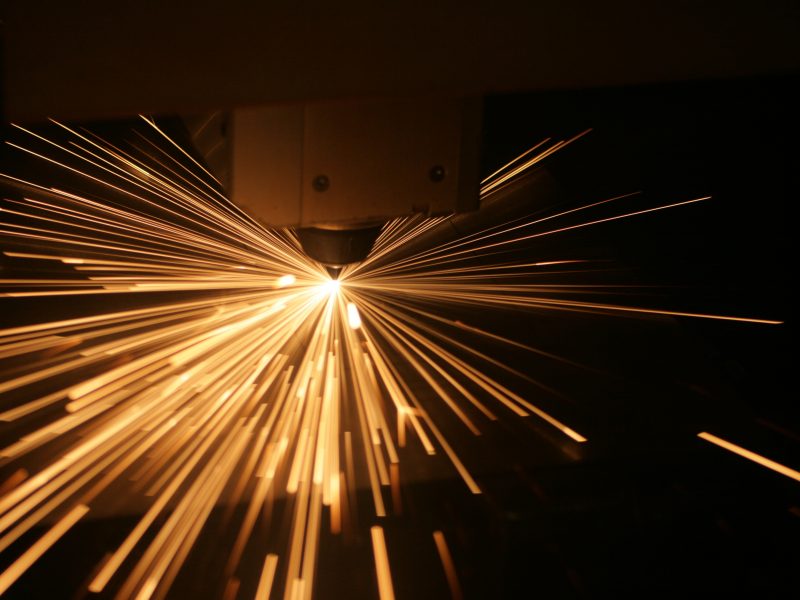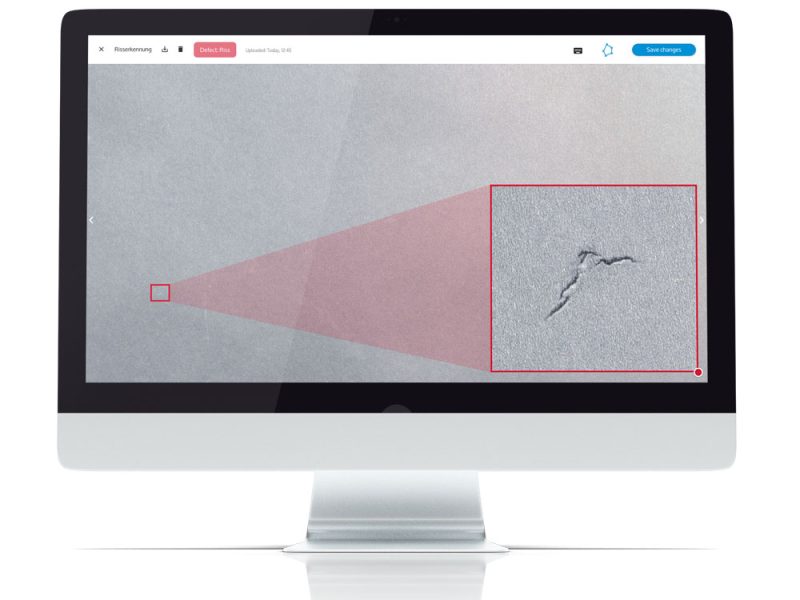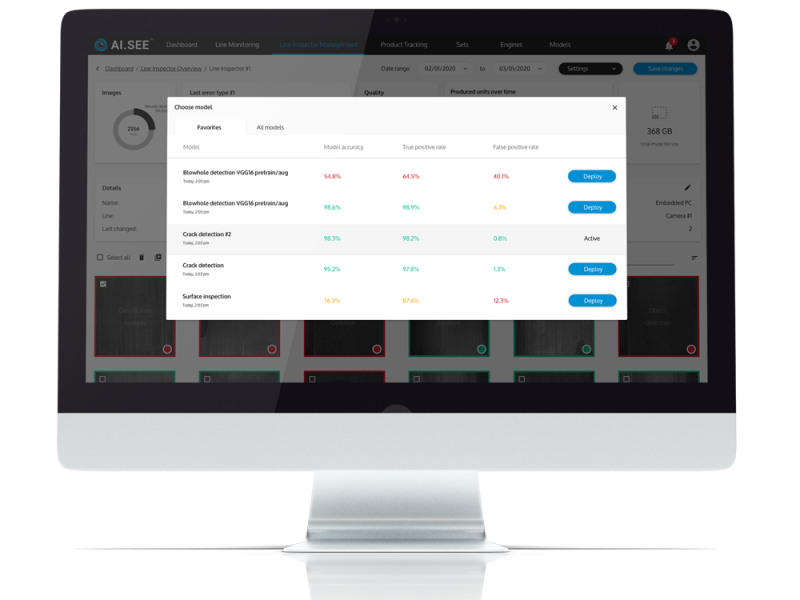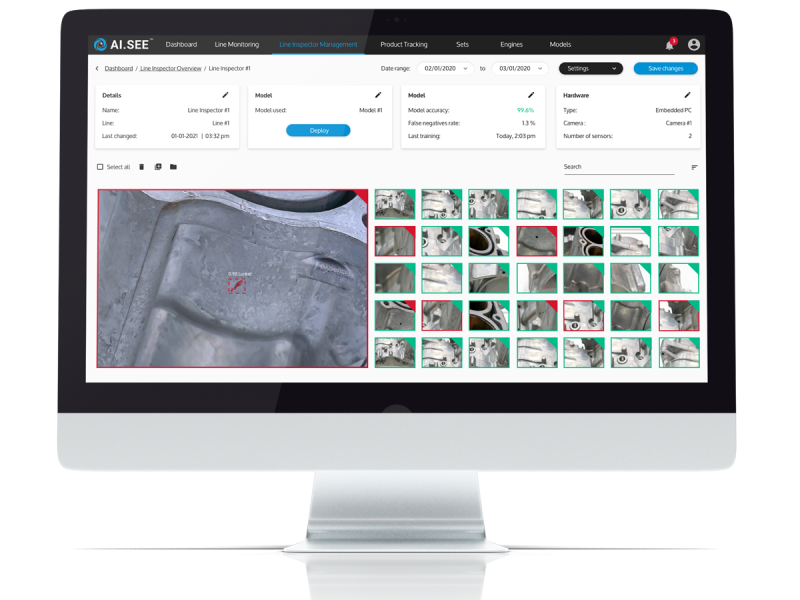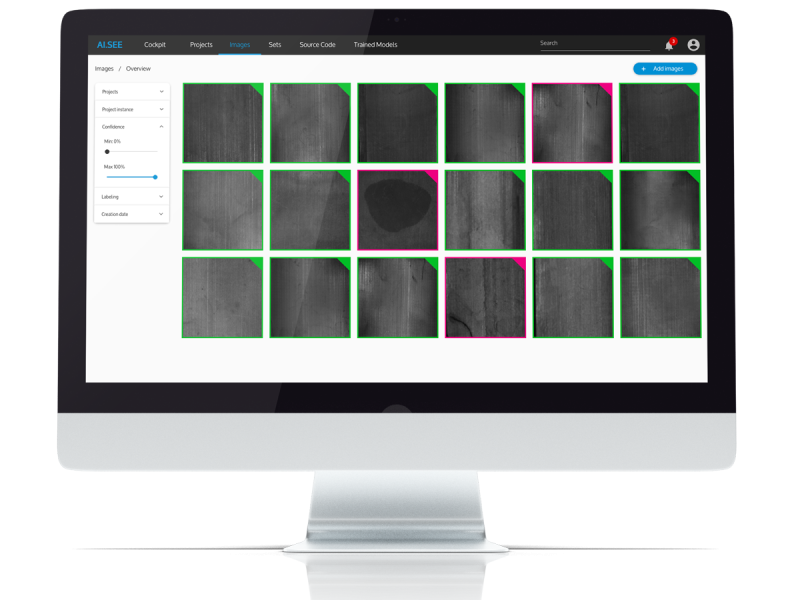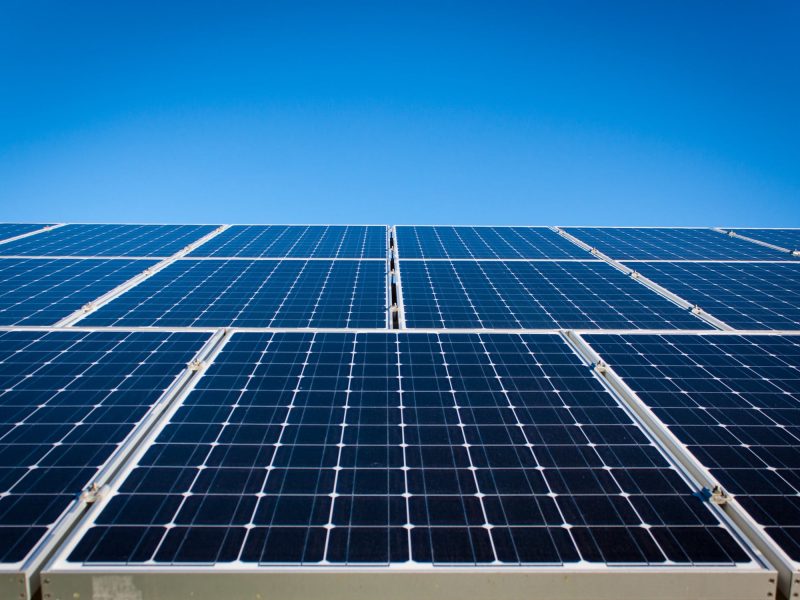At a time when product quality has become increasingly important, manufacturers are expected to produce zero-defect parts. To do so, procedures for uninterrupted quality management are essential in every industry. Automated inspection systems provide the potential to make quality inspection processes more efficient. Surfaces like those of metal and plastic components must be esthetically and functionally flawless. Only when parts are produced defect-free can the finished product be considered to be of high quality.
Even minor flaws in the surface, such as scratches, pores, dents, blowholes, or chipped areas, can thus lead to expensive complaints, safety deficiencies, loss of functionality, and even functional breakdowns. If these are only detected later in the production process, they can cause high costs. In addition, components that are complex in geometry or critical in terms of safety or function must also be reliably produced with consistently high quality to ensure that the company’s reputation is kept unblemished.
Conventional Methods for Optical Surface Inspection
For an optimized production flow, reliability, consistency, and objectivity represent decisive factors that influence production quality and susceptibility to errors, costs, and speed. Some production facilities continue to rely on their skilled employees for this quality assurance step. However, manual optical inspection is error-prone, expensive, and often too slow to meet the line takt time. In addition, fluctuations in concentration and personal fitness are significant disruptive factors that cause avoidable quality losses and even safety and functional deficiencies in the products.
On the other hand, rule-based computer vision systems cannot scale efficiently because of the large number of surface structures and the large variety of error patterns.
Furthermore, ultra-short cycle times pose another challenge for automated optical systems for surface inspection. Here, suitable evaluation software is key to obtaining valuable results efficiently.
Machine Learning for Automated Surface Inspection
The implementation of automated surface inspection significantly increases efficiency and consistency within the industry. Due to the vast amount of available data, which is constantly growing, it is possible to precisely detect defects through image processing. The advantages of automated surface inspection come from using machine learning algorithms to optimize speed and accuracy. Thus, this visual inspection qualifies as an in-line solution for function– and safety-critical manufacturing lines from component level up to the industrial finished product.
Strengthening the company’s reputation by increasing material testing quality is possible thanks to integration with existing structures, avoiding major re-installation of the production line. Surface defects in various materials, such as aluminum, plastics, or carbon, can be reliably detected in this way. Moreover, the inspection can take place in-line, accelerating inspection while increasing quality. Logging every single part test can also be ensured to avoid safety gaps and reduce scrap and downtime. Anomalies within the production process can be detected early through real-time monitoring, thereby avoiding possible production errors.
With just a few questions, find out now whether AI. SEE™ can solve your problem:
Material-Independent Surface Inspection Thanks to AI
For this reason, automated surface inspection is key to functionality and aesthetics—completely independent of the materials to be inspected. Nevertheless, different materials present different challenges in quality control. For example, an automated surface inspection of wood surfaces differs significantly from automatic quality inspection of carbon parts. Despite different requirements, automated surface inspection is suitable regardless of the material—thanks to AI. Whether it is a thin section on a plastic part, casting defects in aluminum components, cracks in carbon fibers, irregularities on a wooden surface, or blowholes in a metal workpiece: the utilized artificial intelligence algorithms allow checking the finish of any material. Thus, automated surface inspection turns out to be the optimal solution for any material in production.
Take your surface inspection to the next level with AI.SEE™ from elunic—be it wood, plastic, aluminum, carbon, or other metals. Material-independent and safe quality inspection!
Using AI.SEE™ Self-Learning Systems for Automated Surface Inspection
AI.SEE™ represents a solution that far exceeds current systems built on traditional, rule-based computer vision methods. It enables accurate, fast, and cost-effective quality assurance for metallic and other materials-based surfaces using computer vision combined with machine learning algorithms.
The applied adaptive machine learning improved their average precision by up to 250 % throughout the project, compared to the conventional computer vision algorithm. This significantly increased the effectiveness of the AI.SEE™ system for optical quality assurance of metallic components.
In addition, detected defects and flaws are passed on to the relevant department for further processing to enable transparency in the system’s decision-making process.
Further Reference Projects
References
Learn more about the project.
